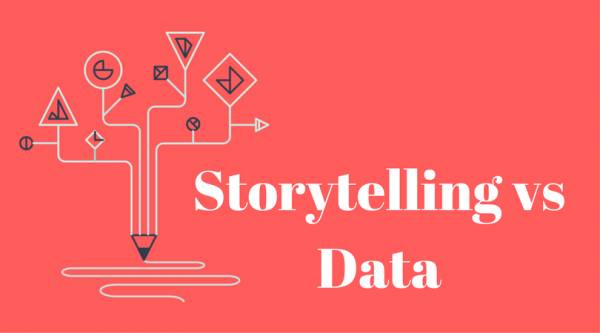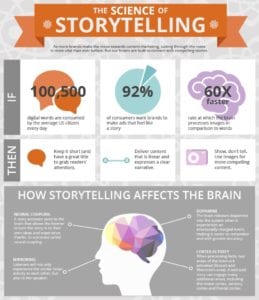Storytelling vs Data

For the last decade or so, we have argued whether storytelling or data is more effective in fundraising. Data made it on the scene as it solves the “what” and the “how” of our marketing strategy. While these are two VERY important components, there is one equally as important question left unanswered: the “why”. It is at this point the importance of storytelling becomes relevant. However, is it truly an argument of either/or, or rather an urge to combine these too powers to create one amazing marketing strategy?
To answer this, let’s backtrack.
While data may answer the “what” and the “how”, it is FAR more intricate than this. There are many benefits that are specific to data, the most important of which is insights. Insights are critical to strategic planning, as they allow us to see the results of previous strategies, and move forward with these results in consideration. This data can be used to inspire new strategic planning in an effort to drive donor giving. It allows us to understand what the audience wants to talk about rather than just what we want to say to them.
All of this is extremely important, even necessary. What is still missing is the emotional investment.; the “why” of your fundraising message. It is here, where data’s line ends, and storytelling begins.
Simon Sinek, the author of “Start with Why” says that the best brands focus not on what they do, or how they do it, but rather WHY they do it. There seems to be truth to this statement. According to a 2015 OneSpot infographic, 92% of consumers prefer storytelling tactics in their marketing. This is no surprise as storytelling often provides entertainment, while still bringing forth education and utility. AKA: It’s more fun.

However, there is a scientific aspect to this fact. You might recognize this concept as portrayed in the SPCA commercials with Sarah McLachlan. The audience sees an adorable, yet terrified, puppy in a small pen, and immediately feels deep emotion. Ideally they may reach for their checkbook, or at minimum their mobile device. This method of storytelling drives emotional investment. When the human brain feels emotion, it releases dopamine, which, while also making the audience feel emotionally attached to the story/theme, also causes them to remember the experience with greater accuracy.
Considering the ”why” can also allow your marketing team to really get a hold on the mission of your organization. This mission should reveal a clear end goal, around which you will construct your marketing strategy. Fundraising expert Alan Clayton refers to this end goal as the “blue dot” of your strategy. Through proper execution, storytelling can be a tremendous aid in revealing this message to prospective donors.
It seems pretty clear that both data and storytelling have a time and a place in modern fundraising strategy. Problems arise when we spend too much time focusing on one over the other, when really, they should go hand in hand. While storytelling offers a means to achieve an emotional connection between brand and consumer, data allows us to understand what story to tell, and how to tell it.
